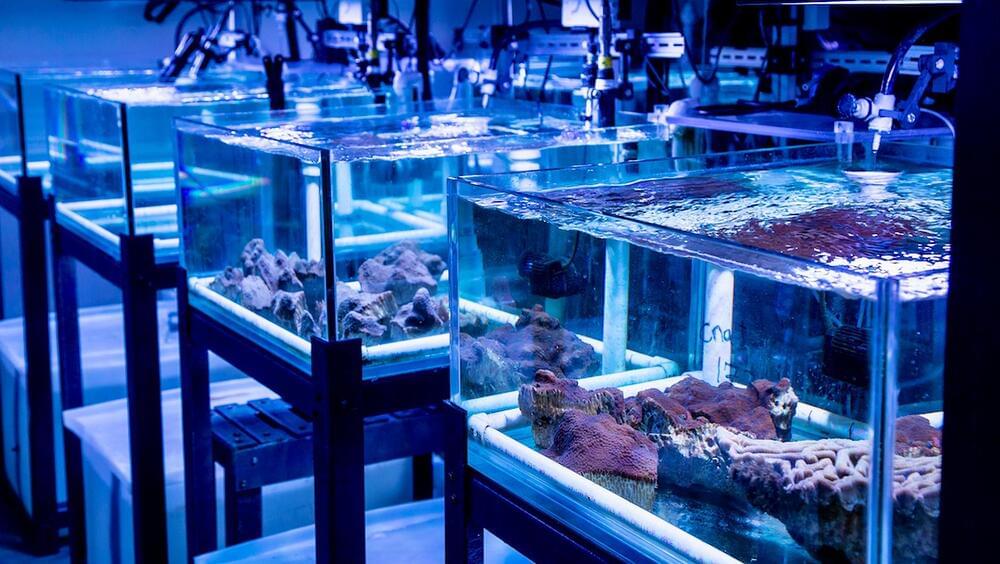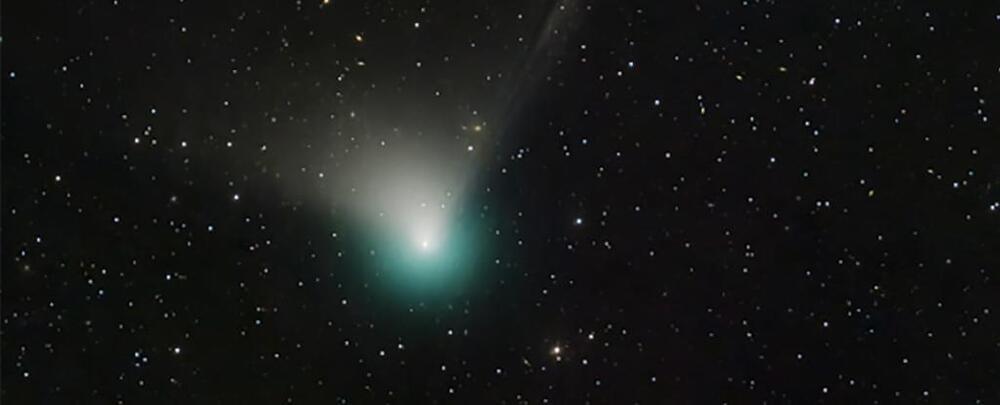According to a recent study conducted by scientists at the University of Miami Rosenstiel School of Marine, Atmospheric, and Earth Science, ships may be contributing to the spread of a deadly coral disease called stony coral tissue loss disease (SCTLD) throughout Florida and the Caribbean.
This disease, which was first detected near Miami in 2014, has now impacted coral reefs in Jamaica, St. Maarten, the U.S. Virgin Islands, and Belize, among other locations. The findings of this study may help researchers to develop testing and treatment methods that can reduce the risk of further disease transmission.
Researchers suggest that transport through ship hulls, where the vessel takes on ballast water in one region to keep it stable and releases it at a different port, may have contributed to disease spread.






